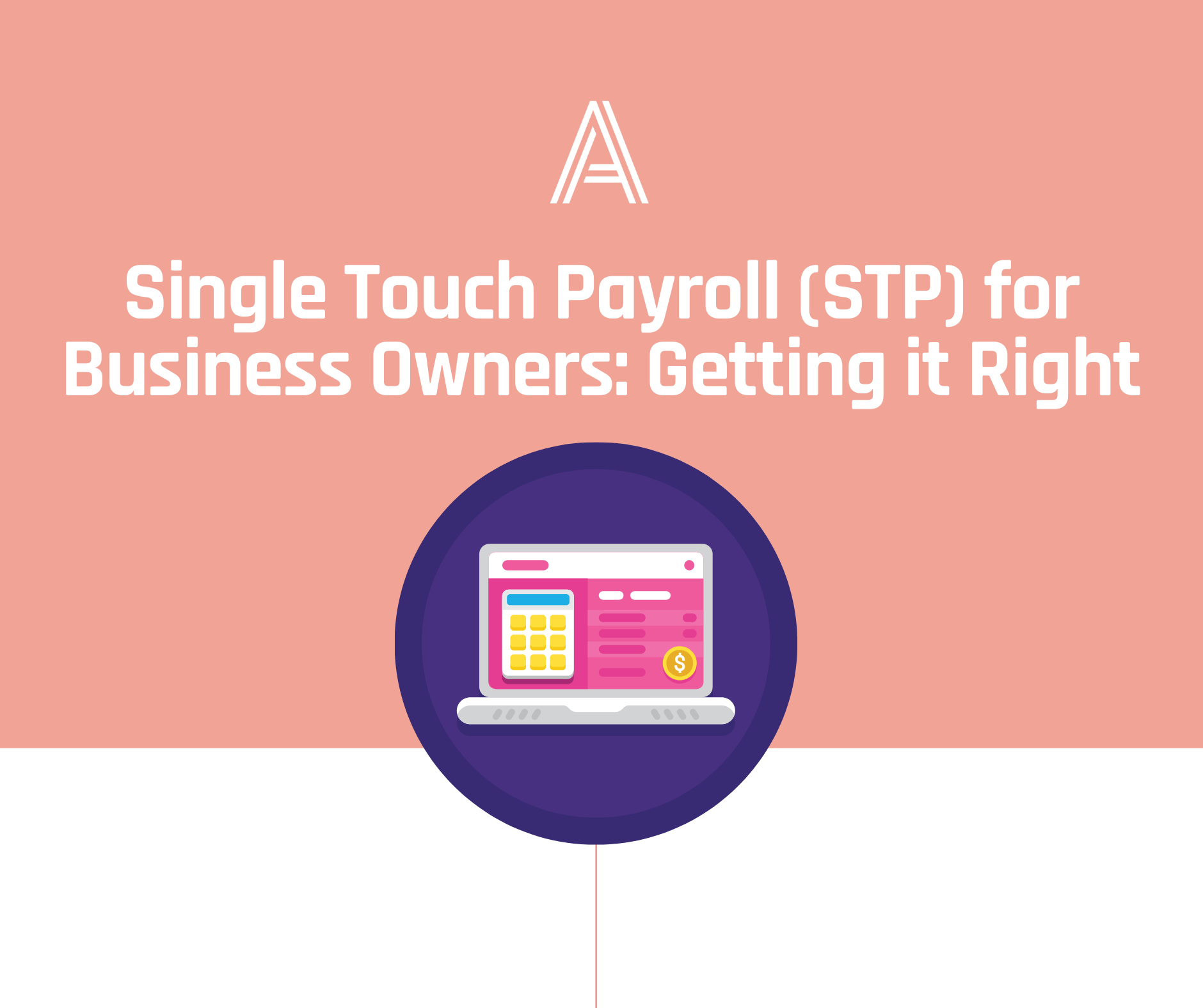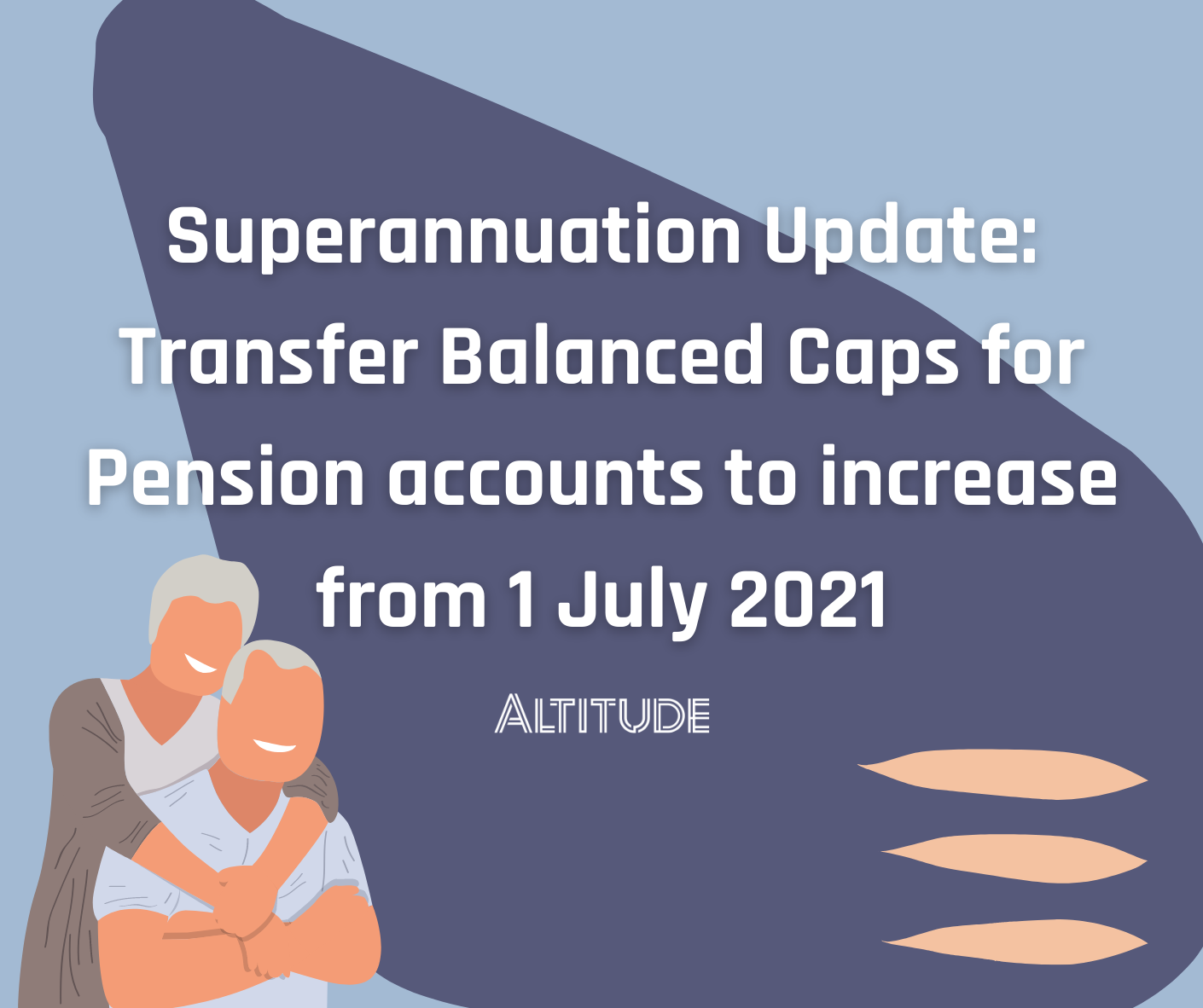
While wages paid to an arm’s length employee are easily calculated and reported through STP by most businesses, payments to owners and associated individuals of small business can be far more challenging to calculate and report.
The challenges in getting STP right for business owners include:
- Classifying owner payments correctly when they are paid – is it wages, dividend or drawings? Each has a different impact to the business and the owner which can’t be left until end of financial year to classify.
- Income Tax – classification of payments to owners has a direct impact to the income tax paid by the owner and the business. How do you make tax effective decisions on owner payments when you can’t simply decide on 30 June?
- Cashflow – reporting large, irregular amounts as wages will lead to unnecessarily high PAYG Witholding on wages.
- Paying money back into the business – how does this affect STP reporting?
- Regular amendments to STP may lead to ATO audits of business payroll.
The penalty for non-compliance for small business is nothing to sneeze at. Fines of up to $1,050 per payrun will add up quick so it is important to establish your STP process.
How does a business owner get it right?
- Prepare a budget and cashflow projection – plan the business results and pay a consistent, conservative wage per payrun.
- Review actual results v budget every quarter – stay on top of your numbers and adjust owner wages where necessary to pay out excess/protect limited cashflow.
- Report STP for owners quarterly – the ATO allows owners to report quarterly rather than per payrun, allowing discretion to correctly classify payments every 3 months should the business have a significant event impacting the budget.
- Don’t wait until after 30 June. Your accountant cannot decide the wages when preparing the tax returns.
Other common examples of STP non-compliance
- The business is not registered for STP
- Cloud based payroll software is not setup
- The business is lodging payroll correctly through STP but does not complete the year-end finalisation
- Changes in business payroll are not correctly reported to the ATO
If you still have questions over your business’ STP and PAYG withholding obligations, contact your Altitude Adviser to review and provide advice on improvements to your payroll function.


